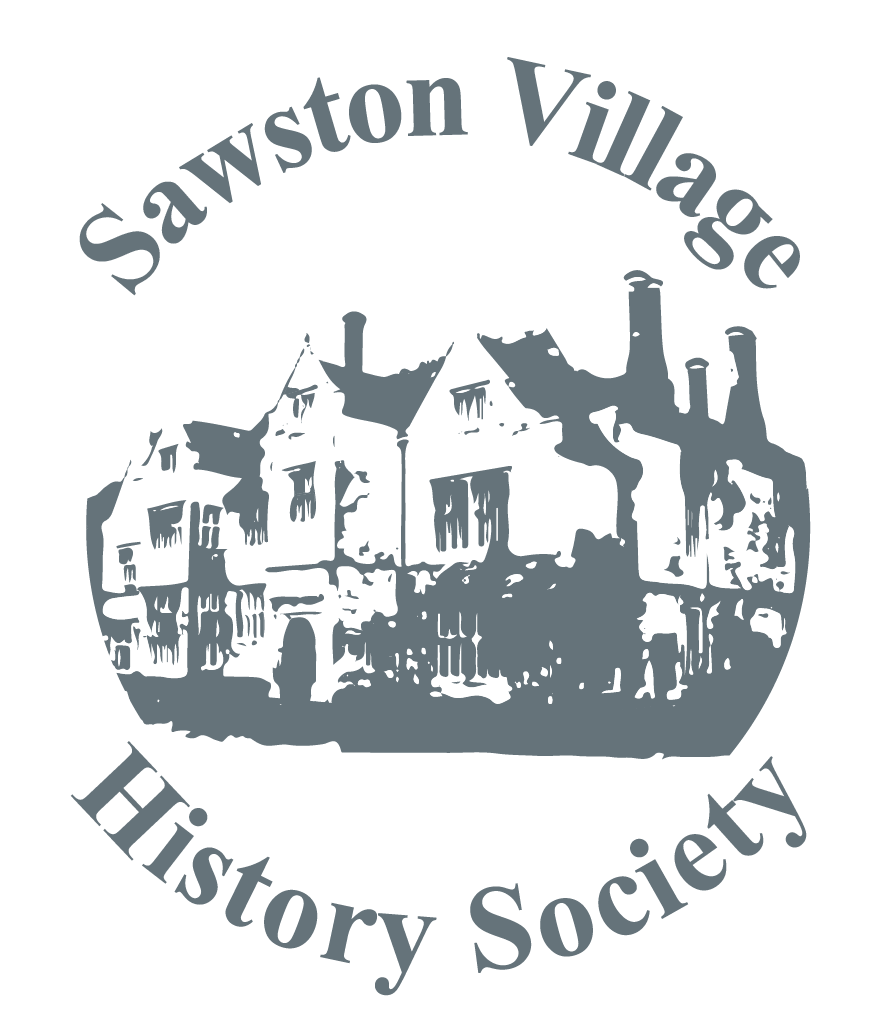
The subject for our June talk was about the changes in the village of Kedington, near Haverhill, during the last 100 years and was given by John Pelling, who presented numerous slides showing the same Kedington scenes at different times during the last century.
The three significant causes of these changes were, 1) the two world wars, 2) changing patterns of employment, and 3) population change as a result of the London overspill after WW2.
As far as the environment was concerned, there was little discernable change during the first 60 years of the 20th century, as could be seen from street scenes as well as some aerial photos.
The local employment was mainly derived from agriculture; much of the farmland being owned by Frank Sainsbury of the Sainsbury supermarket chain. He was notoriously autocratic and was known to spy on his workforce. There was also a meat processing plant, employing many local; people. Another important source of employment was the clothing industry in nearby Haverhill.
The First World War changed everything, with 10% of the 128 enlisted men being killed. Curiously, 32 pieces of military insignia were found on the local farmland, probably from soldiers who were based at a camp near Kedington.
During WW2 many people were involved in war work and an anti- aircraft gun was sited in the village. One of the more dramatic occurrences was the crashing of a Stirling bomber, in which most of the crew died. The plane was rumoured to be on SOE secondment.
The large workhouse, built in 1854 and known as the Risbridge Hundred Workhouse, was recently demolished and is now a housing estate. The old school was closed in 1970 and, for a while, was a plastics factory until it also was demolished for housing.
Apart from the new housing developments, aerial photos taken in 1946 and 2005 showed vey little change. But, taking advantage of the rise in population, mainly from the “London overspill”, there has been an increase in shops in the village. The population peaked at 2420 in 1981 but is now down to about 2000.
As the talk was confined to the changes in the 20th century, the historic church of St Peter and St Paul was not mentioned, but is regarded as one of the finest parish churches in East Anglia, praised by both John Betjemen and Nikolaus Pevsner.
Don’t forget that we have a Heritage Centre in the Sawston Parish Council Office, Link Road, where our archivists Bryan Howe and Andrew Little are available on Monday mornings. Just pop in and ask if you have any queries relating to Sawston and its history.